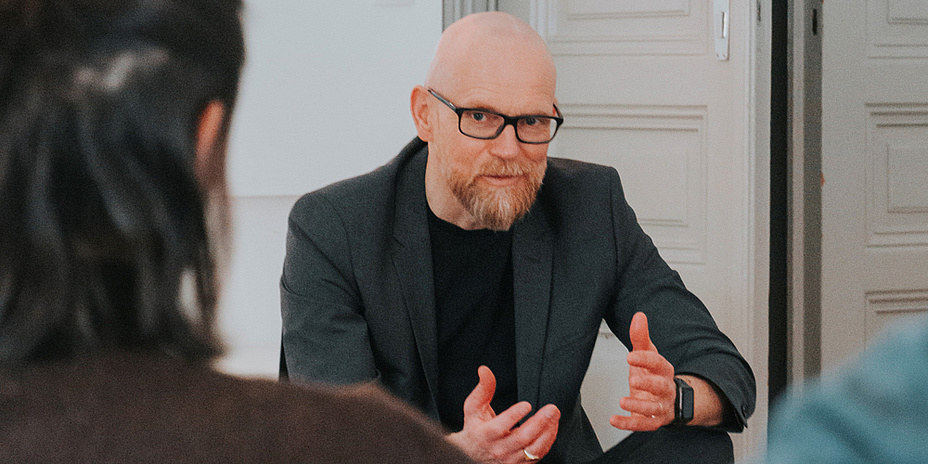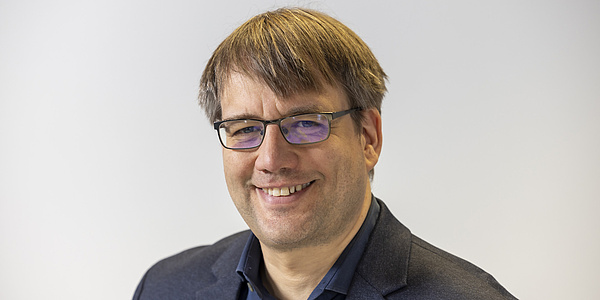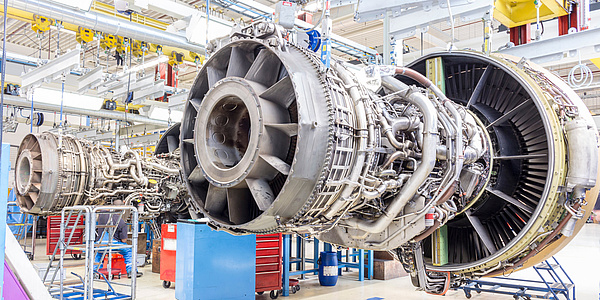Using the Sun to Protect Yourself from the Heat

“In the future, we should use the sun to protect ourselves from the sun,” explains TU Graz researcher Brian Cody. Cody’s so-called “energy design” approach is all about utilising natural forces. The forces that appear to be responsible for the problem are used to develop the solution. For example, he has developed a concept for “a cooling system using the sun” for a project in Egypt. This low-tech approach utilises a black stone roof that generates heat by means of an integrated air-conducting layer. This heat is used to regenerate a wheel coated with silica gel, which in turn removes moisture from the air. At the same time, the air is humidified with cold liquid and thus provides cooling. This simple system produces an interesting effect: namely, that the stronger the sun shines, the more the building can be cooled.
In other projects, wind is used for the natural ventilation of high-rise buildings or daylight is utilised in a controlled manner in buildings where this is rather unusual today – such as museums, which often block out daylight. “It’s all about mastering natural forces and using them in a specific way. Instead of fighting the attacking forces, they are taken up, redirected and used to solve the problem they are causing,” says Cody.
Active and passive utilisation of the sun
The temperatures are rising in our cities. On the one hand, global heating is involved, but on the other hand, also the so-called heat island effect. At the same time, rooms are utilised differently and this results in higher heat loads inside. Cooling buildings is therefore increasingly important. In addition, the majority of the buildings that will have to be built in the coming decades will be in the subtropical and tropical regions of the world. The active utilisation of solar energy for cooling is therefore an important issue. However, Brian Cody also emphasises that the so-called passive use of solar energy in architecture has great potential. This involves architectural solutions which, in our latitudes, are designed to allow solar energy into the rooms in the winter months in order to reduce the heat requirement, while the sun is kept out in the summer months through geometry. Effective solar shading solutions are also an important element in reducing the energy required to cool buildings.
A façade that thinks for itself
In the Smart Skin research project, the team led by Cody is working on solutions for adaptable building envelopes that change their physical and chemical properties in order to react to internal and external changes in condition, adapt themselves and thus assume the respective optimum state. The envelope is regarded as an adaptable filter between the external and internal climatic conditions. “The specific properties in terms of thermal conductivity, permeability for solar heat gains, light transmission, porosity, etc. of today’s façades are static. They remain essentially constant over time, although the requirements for an energy-efficient building envelope vary considerably under the widely varying climatic conditions and user behaviour at different times of the day and year,” says Cody. “Building envelopes should be dynamic and understood more in the sense of a filter that selects, mediates and modulates between inside and outside and doesn’t just offer protection from the elements.” The research project forms the scientific basis for the development of a completely new approach to façade design. An innovative dynamic simulation model, which was specially developed for the project, provided a meaningful glimpse into potential and possibilities. The results of the intensive investigations carried out in the first phase of this project show that the potential is enormous, with possible energy savings of up to 90% compared to conventional energy-efficient façade systems.
Kontakt
Brian CODY
Institute of Buildings and Energy
Rechbauerstraße 12/II
8010 Graz
Phone: +43 316 873 4750
brian.cody@tugraz.at




